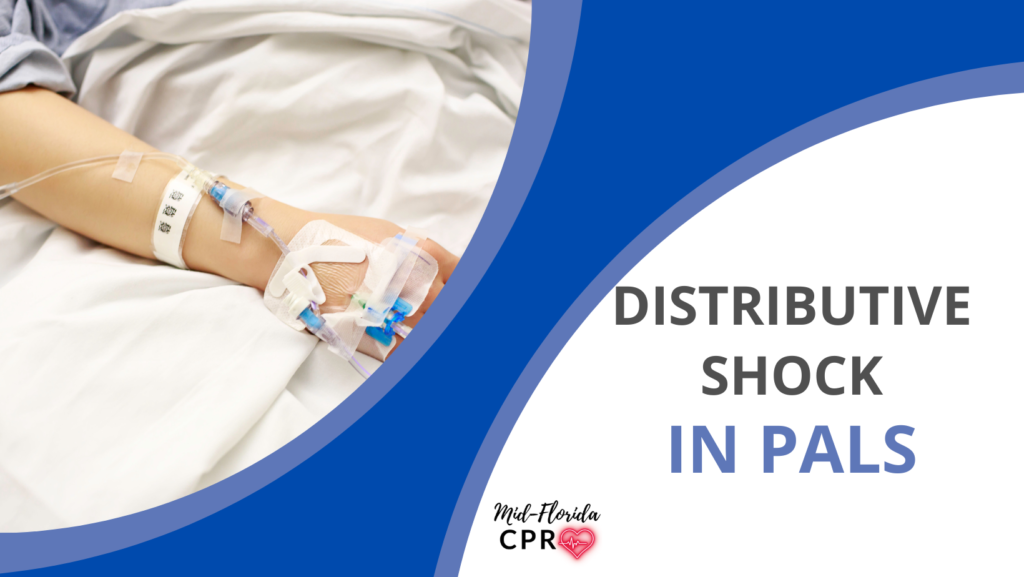2003 Longwood Lake Mary Rd, Suite 1015
Longwood, FL 32750
407-732-4403
If you don't catch us, we're busy teaching classes! Fill out our contact form & we'll get back to you ASAP!
Classes held 3-4 times a week! Check our calendar for available class dates/times!
Register online 24/7!


